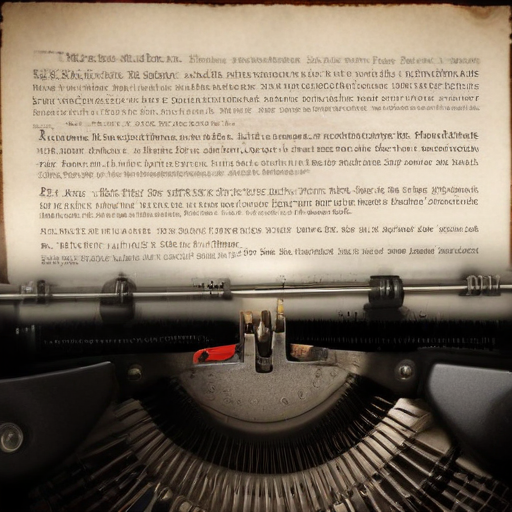More than six decades after the assassination of President John F. Kennedy, the intrigue surrounding the events of November 22, 1963, in Dallas continues to captivate the public’s imagination. Conspiracy theories persist, and with every new development related to the case, interest intensifies.
During his reelection campaign, President Donald Trump promised to declassify all remaining government records associated with Kennedy’s assassination if he were to return to office. Although he made a similar commitment during his first term, he ultimately agreed to requests from the CIA and FBI to withhold certain documents. Currently, only a fraction of the millions of records related to the assassination have been fully released, and experts caution that more declassified files are unlikely to reveal any major revelations. Gerald Posner, the author of “Case Closed,” which asserts that Lee Harvey Oswald acted alone, warns that those anticipating a definitive breakthrough will likely be disappointed.
On the day of the assassination, President Kennedy and First Lady Jacqueline Kennedy arrived in Dallas to a warm welcome. Their visit was part of a political trip aimed at mending fences ahead of an upcoming reelection campaign. However, as the presidential motorcade made its way through downtown, shots were fired from the Texas School Book Depository. Oswald, just 24 years old, was arrested shortly thereafter, but was killed two days later by nightclub owner Jack Ruby during a transfer.
Following the assassination, the Warren Commission, established by President Lyndon B. Johnson, concluded that Oswald acted alone, dismissing any evidence of conspiracy. Despite this finding, a multitude of alternative theories has emerged over the years.
In the 1990s, the federal government required all documents related to the assassination to be compiled into a single collection at the National Archives and Records Administration. This collection, comprising over five million records, was expected to be opened in full by 2017, barring any presidential exemptions.
Although President Trump initially stated he would release the remaining records, he held some back, citing concerns over potential harm to national security. Under President Biden’s administration, some records have continued to be released, but much remains undisclosed.
The documents that have been made public provide valuable insights into intelligence operations of that era, including CIA communications about Oswald’s visits to embassies in Mexico City shortly before the assassination. Mark S. Zaid, a national security attorney, noted that these releases have enhanced our understanding of the Cold War and the CIA’s activities during that time.
Currently, experts estimate that between 3,000 and 4,000 documents have yet to be fully released, some of which are entirely redacted. Posner points out that around 500 documents remain completely withheld, including tax returns of Oswald and Ruby.
Despite the incomplete nature of the files, public fascination endures. Stephen Fagin, curator of the Sixth Floor Museum at Dealey Plaza, highlights a human desire to make sense of the tragedy and find a coherent explanation. Both Fagin and Larry J. Sabato, director of the University of Virginia Center for Politics, reflect on the need to grapple with the profound implications of a chaotic event instigated by a single individual.
As historians and enthusiasts await further disclosures, there remains hope that continued examination of the documents will shed light on this pivotal moment in American history. The ongoing discussion not only honors Kennedy’s legacy but also helps promote a collective understanding of the complexities surrounding his life and the circumstances of his death.
